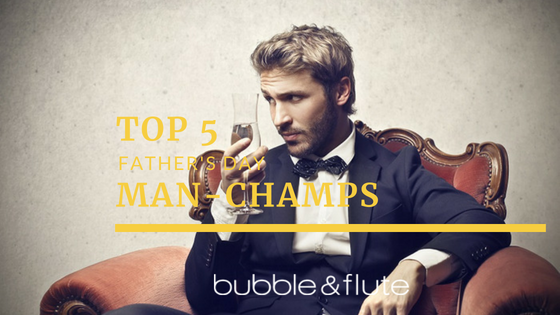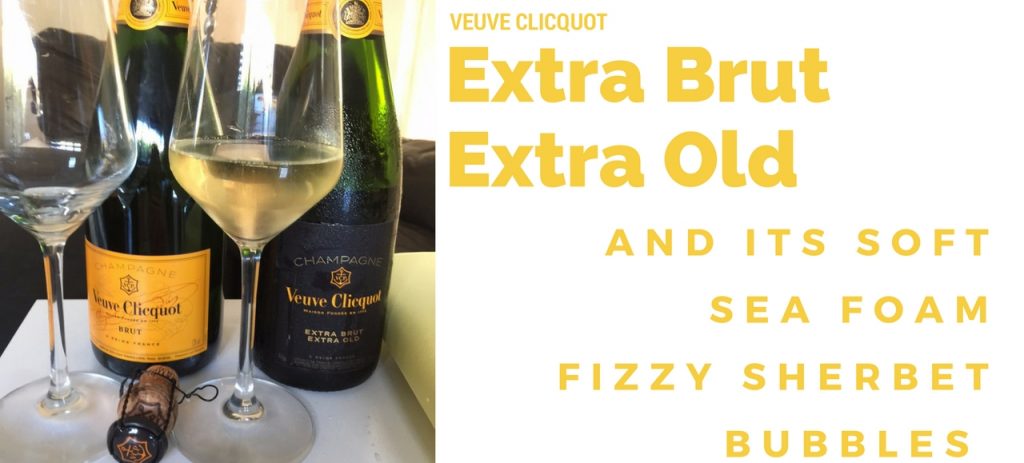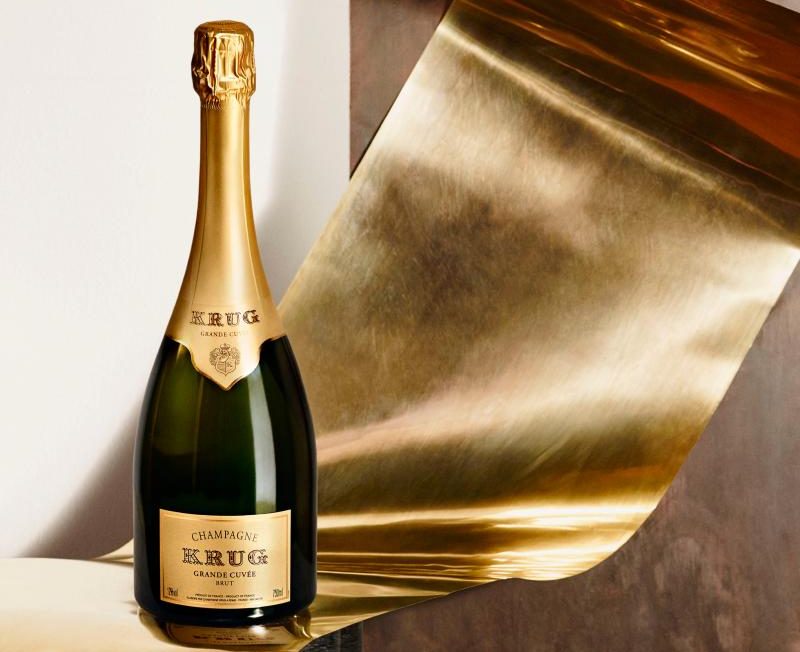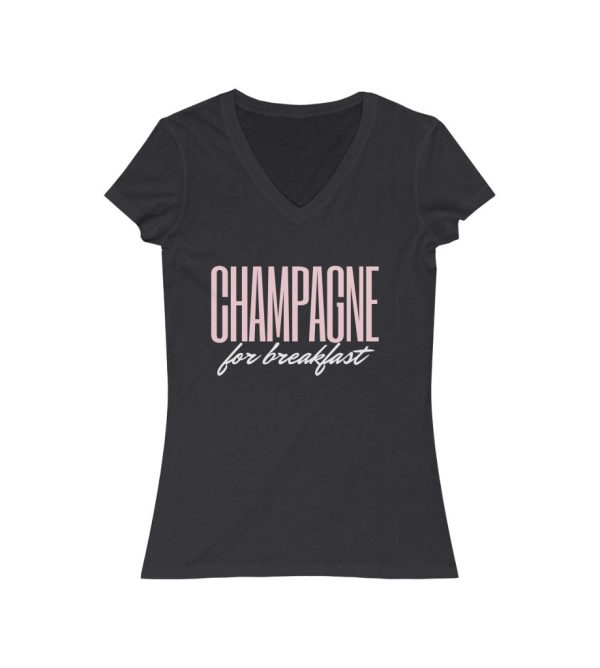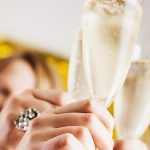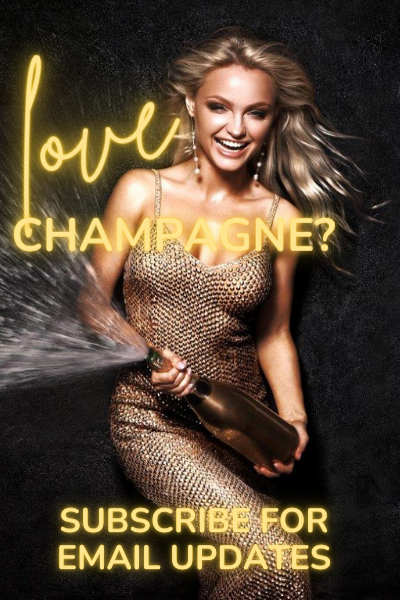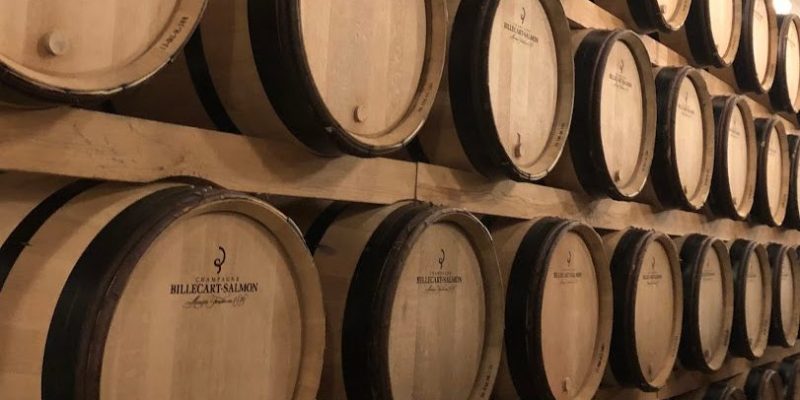
What Are Reserve Wines In Champagne?
- Marnie Nichols
- June 14, 2017
- Blog, Champagne School
Reserve wines are literally that… a wine that will sit on the “reserve bench” until it is needed.
Needed for what?
Houses and some larger growers (read more here about the types of champagne producers) commonly hold back reserve wines from different harvests (or years) to blend into their NV champagnes. The amount of reserve wine can be anywhere from 10-50% of the wine, depending on the house style.
Blending older vintage reserve wines with newer, fresher base year/s will give the final wine roundness and depth that can’t be achieved with just the most recent vintages.
Depending on the conditions from each vintage, reserve wines help blend the wine to consistently represent the “house style” every year. NV champagnes should taste the same every single year, which is actually very hard to achieve given each year’s harvest is different. The grapes (and then the wines) depend heavily on the weather conditions. If you only had the most recent year or two’s grapes to blend into the house style and, for example, one year happened to be very hot and one very cold, or both years were very hot, it’s really difficult to create the same taste year in year out. In years of more difficult vintages, houses may blend more reserve wine into their NV.
It’s not cheating, it’s an art
The wine makers blend a range of elements to make their NV wines, and reserve wines are just one part… they also blend the types of grapes from different crus or villages (different villages can produce subtly different flavours because of the different climate and soil).
The reserve wines are put aside (generally but not always) as still wine after first fermentation and are kept in vats, oak casks, or bottles. And when it comes time for the assemblage, the wine makers make the important decisions about what to blend, testing and tasting and tweaking.
Reserve wines at work
I said earlier, the amount of reserve wine can be anywhere from 10-50% of the wine, depending on the house style.
Charles Heidsieck has used reserve wines to remarkable effect… their current NV champagnes will contain 40% reserve wines from vintages as far back as 1996 giving their NV champagne the rich, full, mature flavour the house is famous for.
Veuve Cliquot’s Yellow Label is another non-vintage brut champagne with a high proportion of reserve wines. The current release (July 2017) contains 52% of a base wine from the 2013 harvest, and the other 48% of reserve wines from 2012, ’11, ’10, ’09, ’08, ’07 and ’99. And their recent Extra Brut, Extra Old uses 100% reserve wines.
And Krug champagne is an epic blend of around 120 wines, from the three grape varieties, from ten or more different vintages with a very high percentage of reserve wines which you can detect instantly (between 30 and 50%).
The smaller houses and growers can be at a disadvantage
The larger champagne houses produce enough wine every year that they can hold back reserve wines.
But some of the little guys quite simply don’t have access to the same quantity of grapes to produce their champagnes, making it a much harder decision (or totally impossible) for them to hold back reserve wines for blending. Some simply need to use all the wine every year to meet their production needs.
The flow-on effect can be the consistency and quality of smaller houses’ and growers’ NV wines… their NV wines will vary more year on year, taking on the characteristics of the base years. These same producers also usually have a less diverse selection of geography for their grape selection, often restricted to one small plot in one region, unlike Krug who blend grapes from 25 villages in their Grand Cuvee. This makes blending an extra challenge.
But it’s not all bad! Some of the growers are using this ‘disadvantage’ to their advantage and are becoming very clever about their wine making and their marketing. They are using lack of consistency as a hallmark of their wines to be proud of, marketing them as authentic and honest, not blended to be something they are naturally not. Less diversity is producing new and exciting champagnes that are unlike anything we’ve seen before… but that doesn’t make them wrong! Some would say “different is better than better”.
I hope that helps clear up reserve wines and gives a little insight into the new breed of champagne producers emerging… I will be writing about grower champagnes more!
As always I want to know what you think… so if you’re tasting it, post a pic and tag @bubbleandflute
My Top Five Autumn Champagnes (2021)
My Top Five Man-Champs
Piper Heidsieck Essentiel Blanc De Blancs
The Top Five Things I Love About Bollinger Champagnes
Extra Brut Extra Old Is Extra New, Extra Exciting For Veuve Clicquot
Charles Heidsieck Brut Reserve… An Epic NV Champagne That You ARE Going To Want To Hide From Your Partner!
Krug… A Champagne That Is Simply Unforgettable
Bubble & Flute promotes the responsible consumption of alcohol for individuals of legal drinking age in their country.

